#myrddin
Text
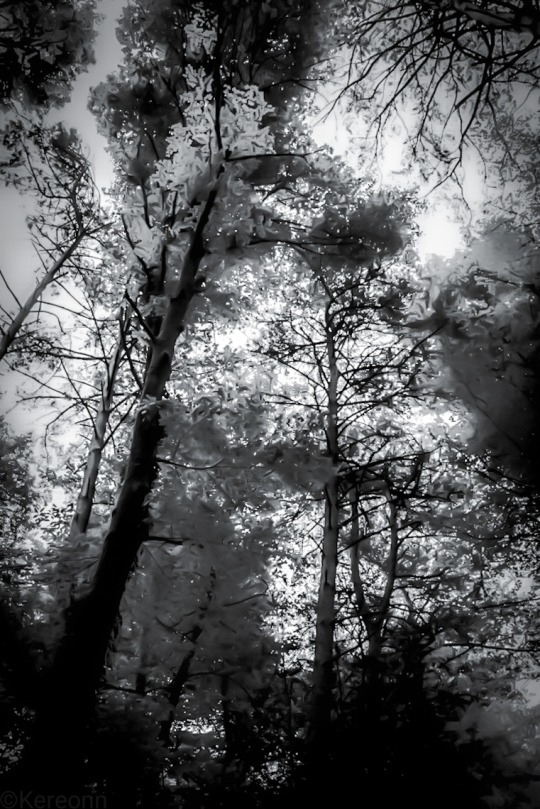
Myrddin's Oracle☆
©Kereonn / View
#bnwphoto#kereonn#dark art#forest#trees#bnw#witchcore#naturecore#dark nature#myrddin#photographers#dark forest#photographers on tumblr#witchcraft#etheral#nikon
97 notes
·
View notes
Text
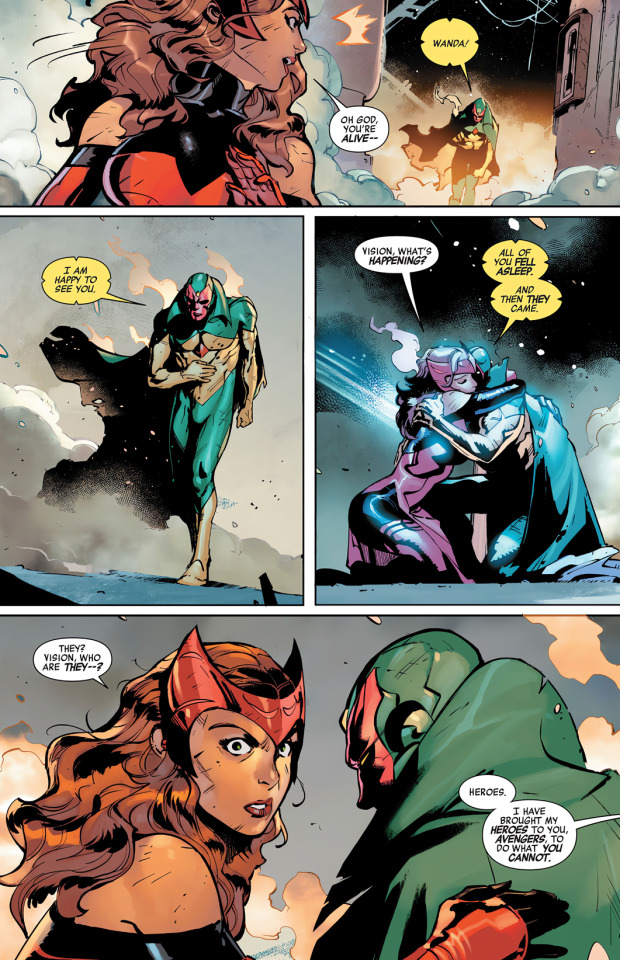

Avengers #7 - "Twilight Dreaming" (2023)
written by Jed MacKay
art by C.F. Villa & Federico Blee
94 notes
·
View notes
Text

(From Athletics and Manly Sport by John Boyle O'Reilly)
Words to live by: Fear Celtic Poets
#poetry#celtic poets#fili#bards#cu chulainn#queen medb#ferdiad#laidcenn#taliesin#myrddin#king arthur#arthuriana#arthurian legend#sir dinadan#magic#trystan#celtic mythology#irish mythology#welsh mythology
22 notes
·
View notes
Text


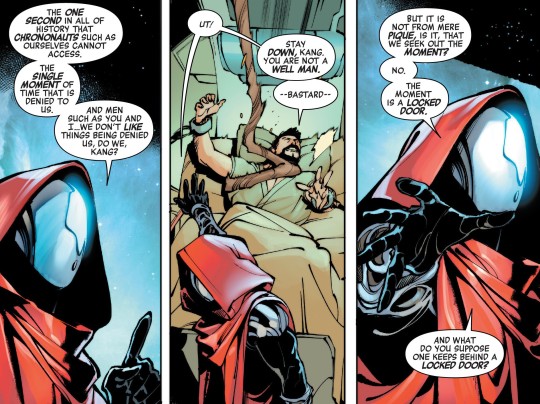

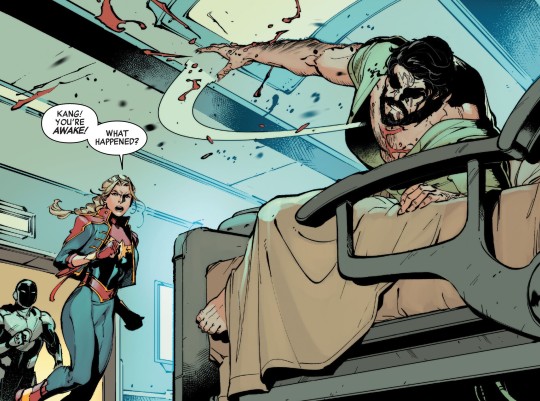
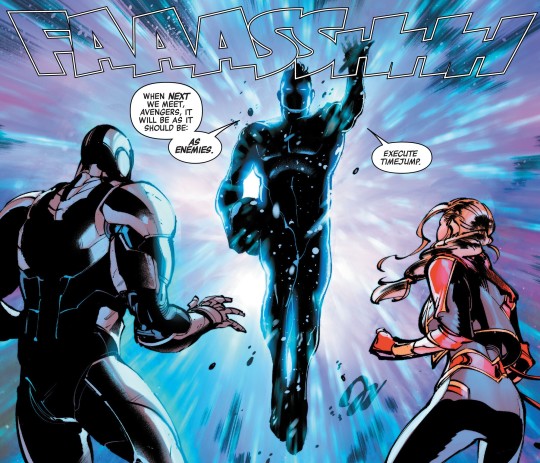



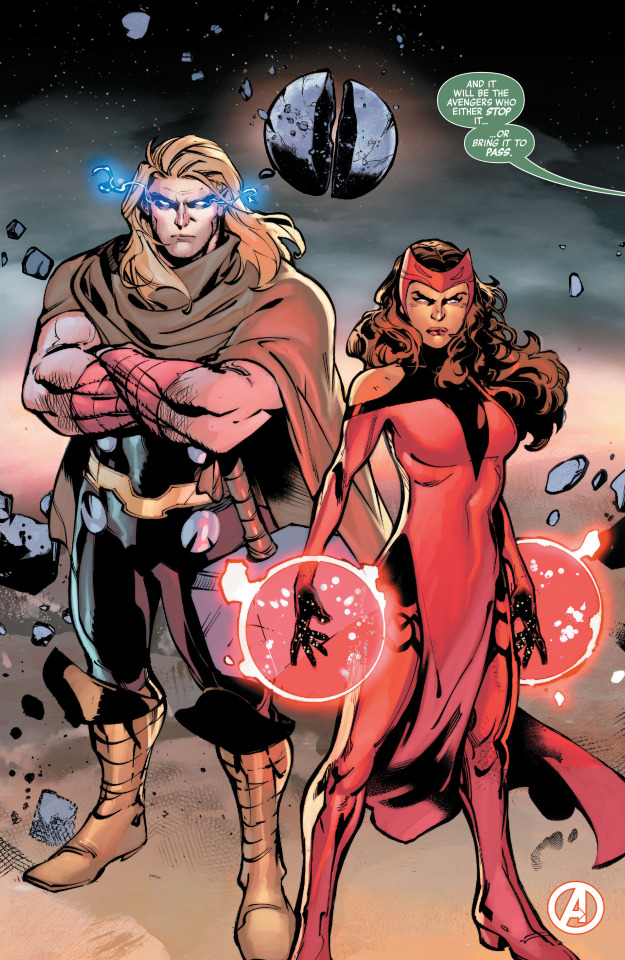
From Avengers Vol. 9 #010, “Twilight Dreaming: Part Four”
Art by C.F. Villa and Federico Blee
Written by Jed MacKay
#avengers#captain marvel#carol danvers#bercilak#parsifal#thor odinson#iron man#tony stark#artur#vision#scarlet witch#wanda maximoff#captain america#sam wilson#lancelot#kang the conqueror#nathaniel richards#myrddin#nightmare#marvel#comics#marvel comics
21 notes
·
View notes
Text
Arthurian myth: Merlin (1)
Loosely translated from the article "Merlin" of the Dictionary of literary myths, under the direction of Pierre Brunet.

The literary fortune of Merlin was often dependent of the Arthurian literature. However, through its various resonances, the character gained its own seduction and its own popularity that allowed him to return outside of a medieval setting, gaining the status of an autonomous literary myth. He was at first the prophet of the Briton revenge, the one who had initiated the Round Table and who had inspired the errant-knighthood. Through his unique position between good and evil (he is born of a devil and a virgin), between life and death (his paradoxical survival within a “prison of air” or his vault), he embodies in modern times the enigma of History and of the future. Finally, he is the enchanter: causing or suffering many metamorphoses, he is a mythical builder and engineer, and sometimes a warlock/sorcerer. Merlin stays one of the prime heroes of the world of magic.
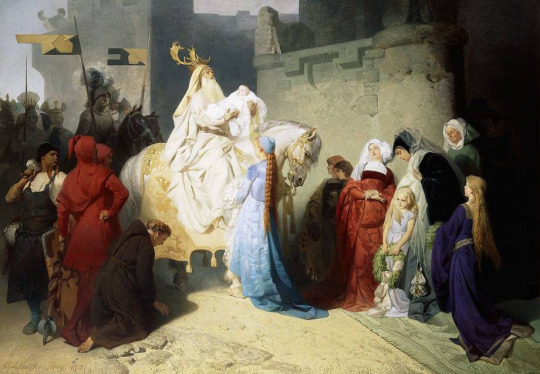
I/ Origins
The name and the character of Merlin appear for the first time within two Latin-written works of the second quarter of the 12th century, by the Welsh cleric Geoffroy of Monmouth: the “Historia Regum Britanniae” (1136) and the “Vita Merlini” (1148).
Nothing allows us to claim that a character named Merlin (Myrddin in Welsh) existed before these works. The very name of Merlin might have been an invention of Geoffroy, based on the name of the city of Kaermyrddin (today’s Carmarthen). It is also possible that Geoffroy used the phonetic similarity between the city and a “Merlin(us)” which belonged to the Armorican tradition (or more largely the continental one). However, Geoffroy of Monmouth did not start out of nothing. In the middle of the 12th century, Robert of Torigny, library of the abbey of Bec, claimed that two Merlin existed: a Merlin Ambroise/Ambrose (Ambrosius Merlinus) and a Merlin Sylvestre/Sylvester (Merlinus Silvester). This opinion was renewed thirty years later by Giraud of Cambria. Thes two names seem to correspond to two different traditions that Geoffroy joined:
1) “Merlin Ambrose” designates a character of the 6th century named Ambrosius. Gildas (in his “De Excidio et conquest Britanniae) made him the descendant of a Roman consulate family. Nennius( “Historia Britonum” presented him as a child born without a father, and whose mother had sex with an incubus – a tradition maintained by posterior authors. Nennius also provided the motif of the child revealing to the king Guorthigirn (Vortigern) the existence of two underground dragons preventing the building of his citadel. Discovered by the agents of the king at Kaermyrddin, the young Ambrosius interpreted the battle of the monsters as the omen of the long battles between the Briton and the Saxon. When Geoffroy retells this scene, he explicitly identifies Merln to this Ambrosius (“Merlinus, qui et Ambrosius dicebatur”).
2) “Merlin Sylvester” appears mainly in the “Vita Merlini”, and he seems to be the heir of older Celtic traditions. These traditions, shared by both Scotland and Ireland, depict a prince who lost his sanity and ran away into the forest, living there a wild existence while gaining supernatural powers. In Scotland it is Lailoken, known through the “Life of saint Kentigern”: on the day of the battle of Arfderydd (located by the “Cambriae Annals” at 573), this character, companion of the king Rodarch, heard a celestial voice condemning him to only have interactions with wild beasts [Translator’s note: The expression in French here is unclear if it speaks of human interactions or having sex, and I unfortunately can’t check the original Life of saint Kentigern right now]. Several predictions were attributed to him, predictions that the “Vita Merlini” places within Merlin’s mouth. Another incarnation of the “Merlin Sylvester” can be find back as early as the 8th century: in Ireland, the legendary king Suibne, turned mad after the battle of Moira, lived in trees (from which he ended up flying away), and shared similar traits with Lailoken. Similarly, in the Armorique there was the prophet Guinglaff, known through a verse-work of the 15th century “Dialogue entre le Roi Arthur et Guinglaff”.

The link between Merlin and those “wild men” becomes even more apparent thanks to several Welsh poems bearing the name “Myrddin”. Three of them belong to the “Black book of Carmarthen” (Welsh manuscript of the end of the 12th century) : The Apple-Trees (Afallenau), the Songs of the Pigs (Hoianau) and the Dialogue between Merlin and Taliesin (Ymddiddan Myrddin a Thaliesin). If the prophetic passages of these texts cannot be older than the Normand invasion, several lines where the bard talks to the trees and animals of the Caledonian forest (especially his pet-boar), complaining about his loneliness and his sorrow, could be the remains of a poem between 850 and 1050, which could be the oldest record of the Merlin legend.
Despite these many obscure origins, it seems that even before the publication of the “Historia Regum Britanniae” Merlin had awakened a certain interest within Geoffroy’s entourage, since Geoffroy decides to publish in 1134, due to the demands of several people including the bishop of Lincoln, a fragment of an unfinished work of his: the “Prophetiae Merlini”. Inspired by the Books of the Sybil, by the Apocalypse and by the prophetic imagery of Celtic and Germanic tribes, these “Prophecies”, that Geoffroy claimed to have translated from the language of the Briton, is first a record of several events that happened in Great-Britain since the Saxon invasion until the reign of Henry the First. Then, they announce in an obscure fashion the revenge of the Briton, and a series of disasters prefacing the end of the world. This text was a huge success: until the end of the Middle-Ages, these “Prophecies” were commented and quoted as equals to the holy Christian books. Alain of Lille, the “Universal Doctor”, wrote a commentary of the Prophecies in seven books. Merlin, first the great prophet of Wales, then of Scotland, was adopted in the 14th century by the England, which completely forgot the anti-Saxon origins of the character, and took the habit of beginning almost every speech by quoting a Prophecy of Merlin.
The ”Historia Regum Britanniae”, after the story of the two underground dragons and the text of the Prophecies, attributes to Merlin the building of Stonehenge, in the memory of Briton princes treacherously killed. Finally, it tells of how the prophet gave to the king Uter Pendragon magical potions that gave him the appearance of the husband of the duchess Ingern. A trick that allow the birth of the future king Arthur. As early as this first work, Merlin appears at the same time as a prophet and a wizard: a character claims that no one can rival with him when it comes to predicting the future, or accomplish complex machinations (“sive in futuris dicendis, sive in operationibus machinandis).
The ”Vita Merlini”, told in verse, completes Merlin’s biography by telling adventures of a very different tonality. Seer and king in the south of Wales, Merlin became mad after a deadly battle, and lived in the woods like a wild beast. Only the music of a zither can appease him. Led to the court of king Rodarch, chained in order to be kept there, he proves his gift of second sight throughout several “guessing scenes”. Before returning to the woods, he agrees to letting his wife Guendoloena marry again. However, on the day of the wedding, he appears with a horde of wild beasts, riding a stag. Ripping one of the antlers of his ride, he uses it to break the head of Guendoloena’s new husband. The rest of the text depicts Merlin as being saved by his sister Ganieda: he performs a series of astronomical observations and makes prophecies about the future of Britain. His disciple Thelgesin (identified with the Welsh bard Taliesin), back from the Armorique, joins him and they talk lengthily about nature. Finally, Merlin regains his sanity thanks to the water of a stream that just appeared, but he refuses to rule again and stays faithful to the forest.
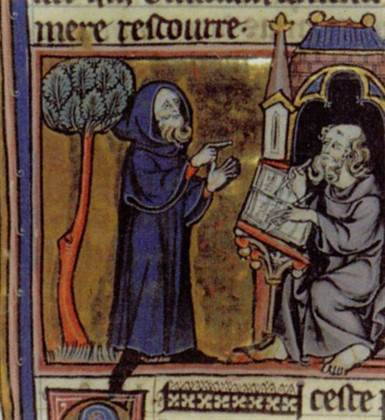
18 notes
·
View notes
Text

myrddin
15 notes
·
View notes
Text
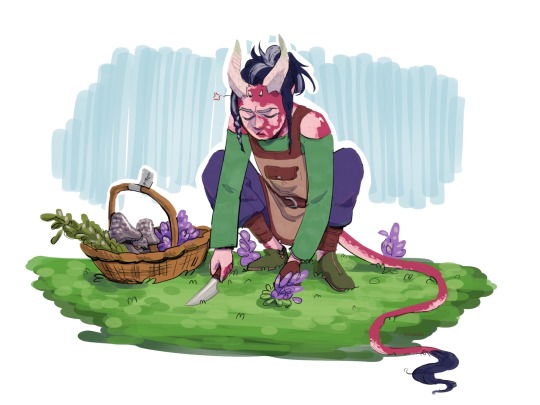
Ameena around 12/13 gathering herbs for the shop, her absolute least favorite chore. She hates getting the dirt under her nails, she gets so paranoid that it’ll make her sick, so Myrddin got her a gardening glove to try and minimize the stress :)
#this is inspired by a short fic thing i wanna write later#also nick id’d the herbs in the basket i got so excited!!!!#this was super fun to draw i experimented a lil bit with erasing the lines to make the drawing feel less heavy#my art#my oc#ameena#myrddin#baldur’s gate 3#bg3#baldurs gate tav#dnd#dungeons and dragons#tiefling
12 notes
·
View notes
Text
WANTED❗️any folklorists/historians/neurodivergents with hyperfocus out there, who have had a merlin/arthuriana obsession in their lives, willing to help me out with my MA research?
i will be focusing on the character of Merlin and my questions are:
1) "The Legend of Merlin" by M. Gaster - any idea how to get my hands on that? (as a lowly european citizen)
2) was there a break in the continuity of creating works about Merlin once upon a time? like, i.e., the guy's been popular up until the 16th century and then got lost before the 1930's Adventure Comics came out? if so, article recommendation is needed and welcome.
3) any significant work that forced creators to consider him as more than a background character?
4) any worthy commentary on/analysis of the BBC's Merlin? one that has actual constructive criticism.
i will be very much obliged.
#merlin#bbc merlin#arthuriana#arthurian mythology#arthurian legend#folklore#history#celts#irish mythology#myrddin#geoffrey of monmouth#round table#arthurian literature#thesis#research#welsh mythology#neurodivergent
7 notes
·
View notes
Text

« L’istoire de Merlin » de Robert de Borron
1401-1500
Source : Bibliothèque Nationale de France : département des manuscrits français.
#merlin#merlin the wizard#manuscript#manuscrit#old book#legend of merlin#arthurian mythology#arthurian literature#arthurian legend#robert de borron#wizard#mage#magician#sorcier#magicien#légende arthurienne#myrddin#enchanteur#merzhin#blue#monsters#dragons#dragon#mythological creature#marzhin#legendary figure
211 notes
·
View notes
Text
Testing if I can use this as a reply in an AO3 comment

@lillkogobean
8 notes
·
View notes
Text
I saw some art of demon Merlin and a tweet saying he was a tiefling and it got me thinking…Merlin’s half demon so that’s where he gets his magic from but why don’t more people draw him as a tiefling?! Like tiefling Merlin is his true form but he has a “human” form that’s a glamour.
2 notes
·
View notes
Photo
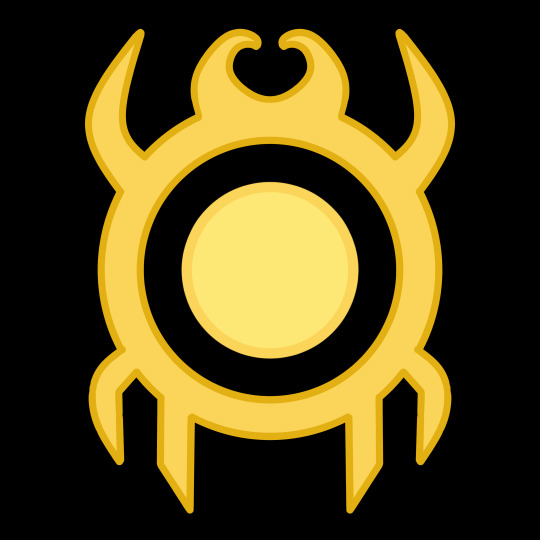
Learning Curve:
The original team of Wards are finally trusted to undertake an operation without having the Protectorate on hand to supervise them and naturally there is more to the situation than first believed.
Ao3:
FF Net:
#Worm#Ward#Parahumans#Wildbow#Chevalier#Miss Militia#Mouse Protector#Myrddin#Alexandria#league of legends#Prequel#worm fanfic#Learning Curve#Original Character#Worm OC#Fishtank#Action#Sci-Fi#Drama#Cute#Fluffy#angst#pining#puns
75 notes
·
View notes
Text
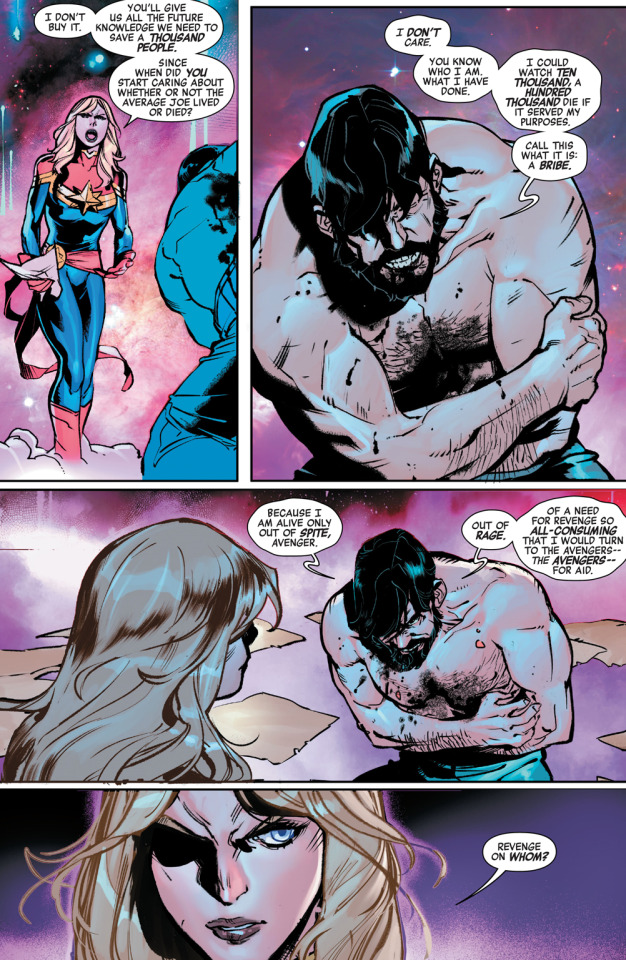

Avengers #2 (2023)
written by Jed MacKay
art by C.F. Villa & Federico Blee
35 notes
·
View notes
Text
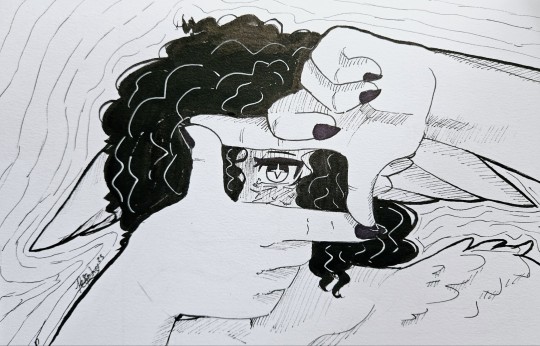
Day 8: Eye
#ink#OCtober#OCtober 2023#oc tober#oc-tober#oc#original character#alien oc#avlins#avlin#Enchantment#myrddin#OC-tober#OC-tober 2023#peaches110#my art
4 notes
·
View notes
Text

“So I thought you and I might parley a spell, while my Twilight Court... entertains your Avengers.” -- Myrddin
Cover art for Avengers Vol. 9 #010, “Twilight Dreaming: Part Four”
Art by Stuart Immonen
#avengers#myrddin#kang the conqueror#nathaniel richards#captain marvel#carol danvers#thor odinson#cover art#marvel#comics#marvel comics
11 notes
·
View notes
Photo



Oh, well, gee, uh, star with “I put a stone in a receptacle and doomed billions across the galaxy.”
Also, we’re friends of Elizabeth Weir, she’s fine (for now), this version of her didn’t meet you.
#Why was the Ancient Terminal there in the treasure room anyway? To see if we'd use it??#Stargate SG1#Stargate Atlantis#Daniel Jackson#Merlin#Myrddin#Moros#The Quest Pt 2#It's not a Stargate Rewatch Rewatch
18 notes
·
View notes